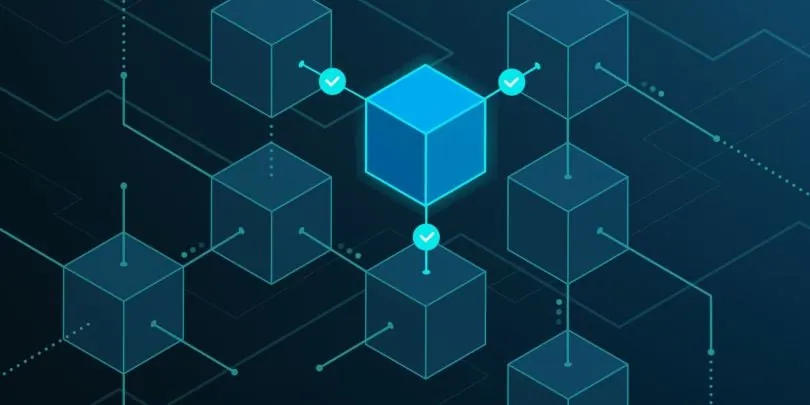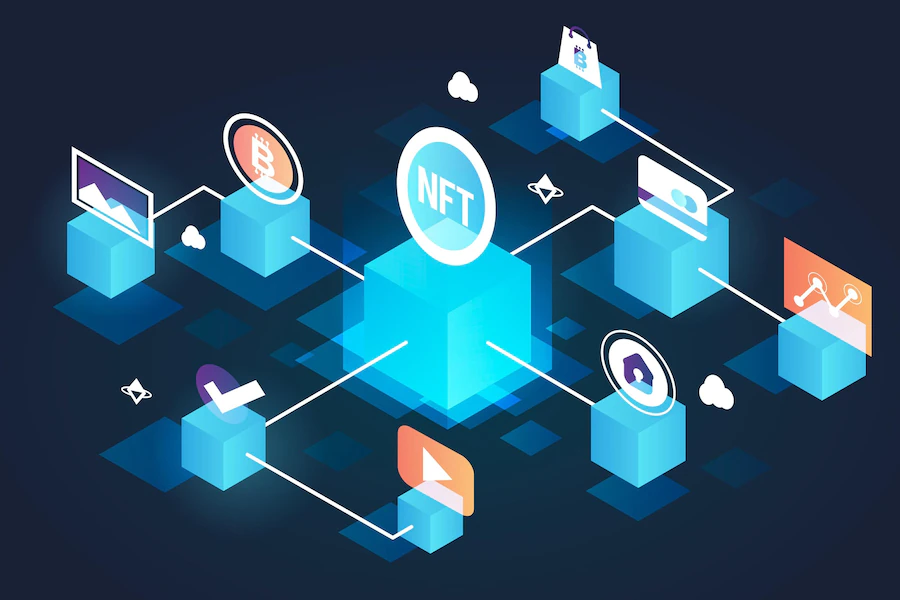Blockchain technology is revolutionizing digital transactions across various industries. It offers a secure and transparent way to record and verify transactions, making it a critical player in the digital age. In this article, we’ll delve deep into the world of blockchain, exploring its core components, applications, environmental considerations, regulatory frameworks, and future trends. If you’re eager to learn more about blockchain and its impact on finance and investments, visit everix-peak.
Understanding Blockchain Technology

Blockchain, as we know it today, has evolved over time. Initially developed as the underlying technology for Bitcoin, it has grown into a versatile system with several core components. At its heart, blockchain consists of blocks, which are linked together in a chain, forming a secure and tamper-proof ledger. Its most notable feature is decentralization, which eliminates the need for intermediaries and increases trust.
Blockchain Security Features
Blockchain technology relies on cryptography to provide robust security, effectively thwarting any attempts by malicious individuals to tamper with transaction data. Its inherent immutability guarantees that once information is recorded, it remains unalterable. Moreover, the system’s transparency fosters trust and accountability among all participants, as they can readily access the comprehensive transaction history, ensuring the integrity of the data.
Blockchain Applications in Finance
Cryptocurrencies
Cryptocurrencies such as Bitcoin and Ethereum have garnered significant attention due to their innovative use of blockchain technology. By leveraging blockchain, these digital currencies enable secure and direct peer-to-peer transactions, eliminating the reliance on conventional financial intermediaries for transfers and asset management. This revolutionary approach to finance has reshaped the way we perceive and engage with digital assets in today’s evolving financial landscape.
Smart Contracts
Smart contracts are self-executing agreements with predefined rules. They automate processes, ensuring trust and reducing the need for third-party intermediaries. They find use in fields like legal, insurance, and real estate.
Decentralized Finance (DeFi)
DeFi leverages blockchain to offer decentralized financial services, including lending, borrowing, and trading. While it offers immense potential, it also presents challenges related to regulation and security.
Beyond Finance: Blockchain in Various Industries

Supply Chain Management
Blockchain enhances transparency and traceability in supply chains. Companies can track products from source to destination, reducing fraud and ensuring product quality.
Healthcare
In healthcare, blockchain securely manages patient records, allowing for easy sharing among healthcare providers while maintaining patient privacy. It also helps combat drug counterfeiting.
Voting and Governance
Blockchain can revolutionize elections by providing secure and tamper-resistant voting systems. It also enables decentralized governance and decision-making processes.
The Environmental Impact of Blockchain
Energy Consumption Debate
Blockchain’s energy consumption, especially in Proof of Work (PoW) systems, has raised concerns. PoW requires significant computational power, but newer consensus mechanisms like Proof of Stake (PoS) are more energy-efficient.
Sustainable Blockchain Initiatives
Efforts are underway to reduce blockchain’s carbon footprint. Some projects are exploring renewable energy sources for mining, while others are transitioning to PoS.
Balancing Innovation and Responsibility
Blockchain’s potential benefits must be balanced with environmental responsibility. Developers and users must consider energy efficiency in blockchain solutions.
Regulatory Frameworks and Legal Implications
Government Approaches to Blockchain
Governments worldwide are developing regulatory frameworks for blockchain and cryptocurrencies, seeking to balance innovation and security.
Data Privacy and Security Concerns
Blockchain, while secure, poses data privacy challenges. It’s crucial to strike a balance between transparency and protecting sensitive information.
Intellectual Property and Blockchain
The intersection of blockchain and intellectual property law is complex. Issues surrounding patents, copyrights, and trademarks in the blockchain space are still evolving.
Future Trends and Challenges
Scalability and Speed
As blockchain adoption increases, scalability and transaction speed are vital concerns. Solutions like layer 2 scaling and sharding aim to address these issues.
Interoperability
Blockchain networks must be able to communicate with each other seamlessly. Interoperability protocols are being developed to bridge different blockchains.
Adoption and Education
Blockchain’s success depends on widespread adoption. Education and awareness campaigns are essential to demystify the technology and its benefits.
Conclusion
Blockchain technology is a beacon of hope in the realm of digital transactions. Its core principles of decentralization, security, and transparency are transforming industries beyond finance. While challenges remain, including environmental concerns and regulatory hurdles, the future looks promising. As we continue to innovate and educate, blockchain will illuminate the path to a more secure and trustworthy digital world.

